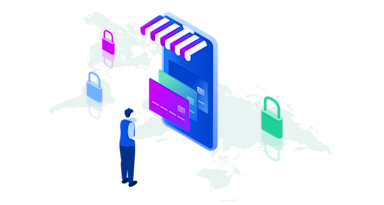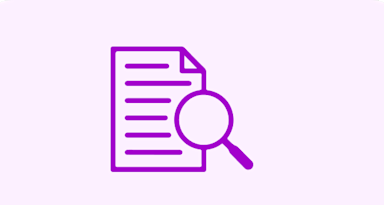This blog is part of an ongoing series of content around our recently released Definitive Guide to Payments Orchestration. If you are interested in what you hear today or other concepts in the series, make sure to pick it up!
The most impactful benefit of Payments Orchestration is that it supports maximizing acceptance rates – specifically reducing false positives. We’re not talking about knocking basis points off average processing costs or working with providers who accept emerging new payment methods, but immediately growing your company’s top-line revenue.
False positives, that is transactions that are declined when they are being submitted in good faith by a consumer, represent an enormous sleeper cost to businesses. A PYMNTS article last fall estimated that “false positives can cost merchants up to 75 times more than the fraud itself, both in the actual value of canceled transactions and in the opportunity cost of losing further business from customers who decide to abandon a merchant for a competitor.”
As you consider the opportunity costs lost in your own business, I invite you to think of your own behavior shopping online. How many retailers, especially when you are shopping with them for the first time, have lost your business permanently because of an initial declined transaction, error, or clunky checkout process? Building a brand and customer loyalty is about removing friction points. If a customer with a viable payment method is unable to purchase your goods or services, are there even any other friction points that matter?
We could make this issue complex. The reasons why false-positives occur given set automated logic and risk-scoring frameworks in place are layered, and many innovative companies are working to get this right. But the value proposition for Payment Orchestration is actually quite simple. You can reduce false-positive declines and grow revenue immediately by putting just a few measures in place:
- Set up failover routing - so transactions initially routed to an unresponsive gateway or met with a decline immediately re-route to a secondary or tertiary option
- Orchestrate transactions with certain characteristics (card type, transaction amount, card brand, currency, card country-of-issue, etc.) to providers that demonstrate higher success rates in those areas
- Understand your customer and incorporate their preferred payment-methods into your checkout so they are not reverting to payment methods (and providers) they are less familiar with
- Think global and work with providers that offer regional expertise wherever your customers are
What might this look like in practice? Take a VGS customer that runs ride-sharing in a major international hub. They have riders from across the globe looking to get around town with a variety of preferred payment options. For a customer like this, orchestration provides tailored routing logic to ensure higher success rates based on the type and region of payment credential they are being offered. It lets them instantly re-route transactions that initially fail, and it provides an active network of payments providers to best handle the idiosyncrasies of each rider’s preferred payment method. In short, using VGS payment orchestration provides the versatility and comfort to serve an international clientele while improving acceptance rates and revenue.
So for you, dear readers, a few steps on the VGS Payment Orchestration Platform could mean an immediate 2.00%+ increase in revenue without touching anything else in your business. And orchestration is just the starting point; when you combe orchestration with the other elements of VGS Payment Optimization, the impact gets much bigger. Let’s talk.
To learn more, download The Definitive Guide to Payment Orchestration




